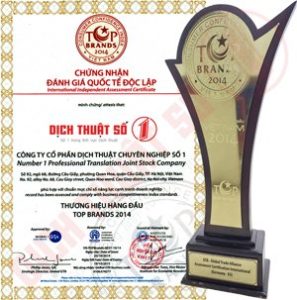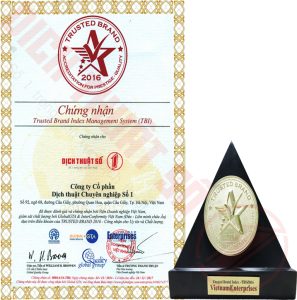The Philippines, a country known for its thousands of beautiful islands in the blue sea of Southeast Asia, attracts tourists not only by its majestic natural beauty but also by its rich language and culture. As a country of more than 7,000 islands, the Philippines is proud of its rich history and unique linguistic diversity, creating its own unique identity.

Country name
Philippines (Filipino: Repúbliká ng̃ Pilipinas or Pilipinas), Vietnamese name also known as Phi Luat Tan, official name is Republic of the Philippines. The name of this country originated from Ruy López de Villalobos naming two islands Samar and Las Islas Filipinas after King Philip II of Spain during his unsuccessful expedition in 1543. Previously, the archipelago was called by many names such as Spanish East Indies, San Lázaro Archipelago. Finally, Filipinas was decided to be used to refer to the entire archipelago.
Location and History
The Philippines is located in Southeast Asia, bordered by the South China Sea to the west, the Philippine Sea to the east, and the Celebes Sea to the south. The history of the Philippines is a story of cultural exchange, from the influence of trade and exchange with China and India since the first centuries AD, to the conquest by Spain in the 16th century, and then by the United States and Japan in the following centuries. Each historical milestone has left a deep imprint on the culture and language of this country.

Capital of the Philippines
The capital of the Philippines is Manila, home to many of Asia's busiest shopping centers. It is considered a "shopping paradise" that you must visit when traveling to the Philippines.
Filipino Language
The Philippines is one of the most linguistically diverse countries in the world, with over 170 languages spoken. Tagalog (or Filipino) is the official and national language, and is the most widely spoken. English is also considered a second official language and is used in the education system, government, and as the primary language of business and commerce. The richness of the Philippines' languages is a testament to its history of cultural exchange and integration.
Philippines climate
The Philippines has a hot and humid tropical climate. The average annual temperature is around 26.5°C (79.7°F), divided into three main seasons: Tag-init (summer from March to May); Tag-ulan (rainy season from June to November); Taglamig (cold season from December to February). There is also the southwest monsoon (around May to October), also known as “habagat” and the dry northeast monsoon (from November to April), known as “amihan”.
The mountainous island regions often have tropical rain showers, with many active volcanoes such as Mayon, Pinatubo, Taal. The Philippines lies on the Western Pacific typhoon belt and is subject to about 19 typhoons each year. The Philippines is prone to earthquakes and volcanoes because it is located on the northwestern edge of the Pacific Ring of Fire. The average annual rainfall is about 1,000 - 4,000 mm.

Culture and Society
Filipino culture is a unique blend of indigenous culture and influences from Spain, America and other Asian cultures. This is evident in the architecture, art, cuisine and customs. Religion in particular plays an important part in the lives of Filipinos, with Roman Catholicism being the main religion.
Travel and Nature
The natural beauty of the Philippines is one of the main attractions for tourists. From the powdery white beaches of Boracay and the crystal clear lakes of Palawan to the world-class diving spots of Coron and the rice terraces of Banaue, each destination has its own unique beauty. The Philippines is also famous for its biodiversity, from tropical rainforests to rich underwater ecosystems.
Filipino people
According to statistics in 2009, the total population of the Philippines was about 91,983,000 people, considered the 12th most populous country in the world. Most of the population lives on the islands of Luzon and Manila.
In the Philippines, the ethnic groups are divided into 12 ethnic groups according to language, of which the Catholic Malays account for 921 TP3T; the Muslim Malays account for 41 TP3T; the Chinese account for 1.51 TP3T; the remaining 31 TP3T are other ethnic groups. The Philippines is one of the most ethnically diverse countries in Asia due to the large number of language groups of the indigenous peoples here.
Religion in the Philippines
The Philippines is a religiously diverse country, with the third largest Roman Catholic community and the 13th largest Protestant community; the 40th largest Muslim community; the 17th largest Hindu community; and the 17th largest Buddhist community in the world. Although Christianity is a major force in Philippine culture, some adhere to local traditions and rituals.

The Philippines is not only an attractive tourist destination with magnificent nature but also a place with unique cultural and linguistic diversity. The blend of tradition and modernity, indigenous culture and international influence, creates a colorful and vibrant Philippines. Discovering the Philippines is not only an experience of a country and its people but also a journey to discover a part of yourself through each perspective, each story.








